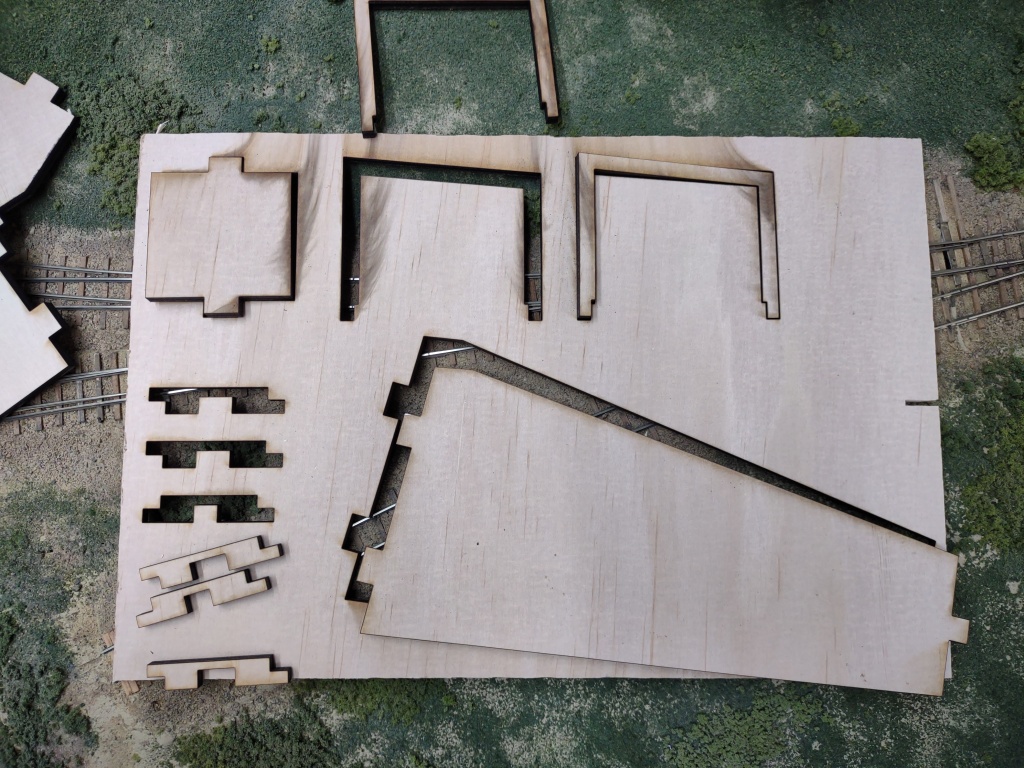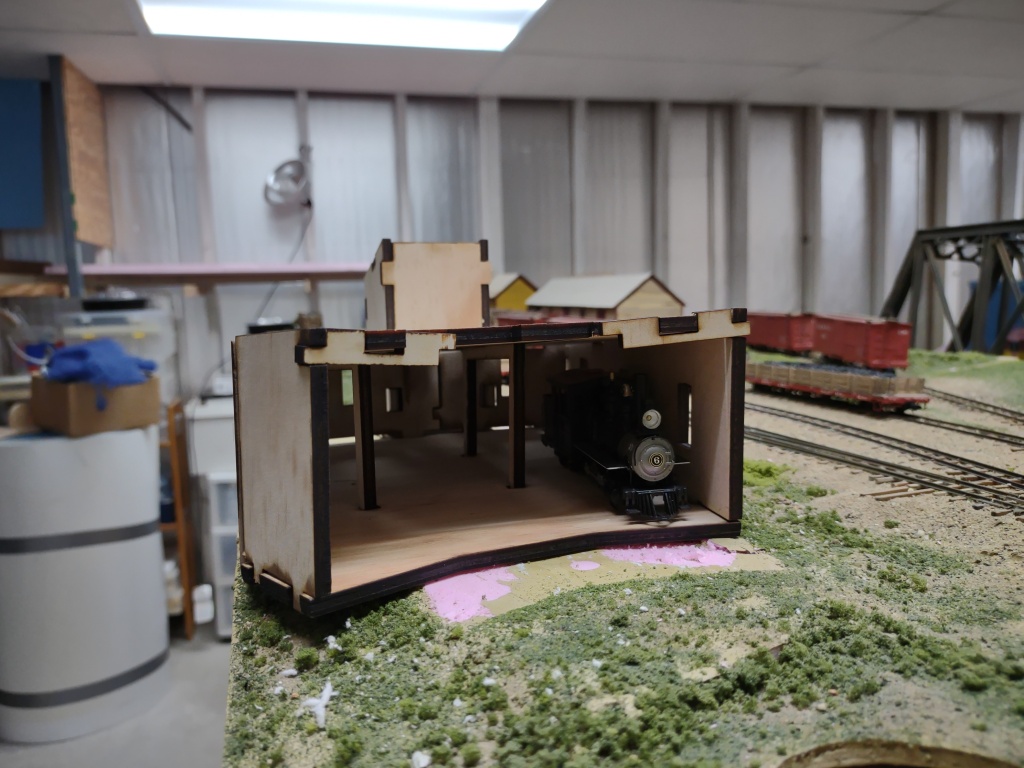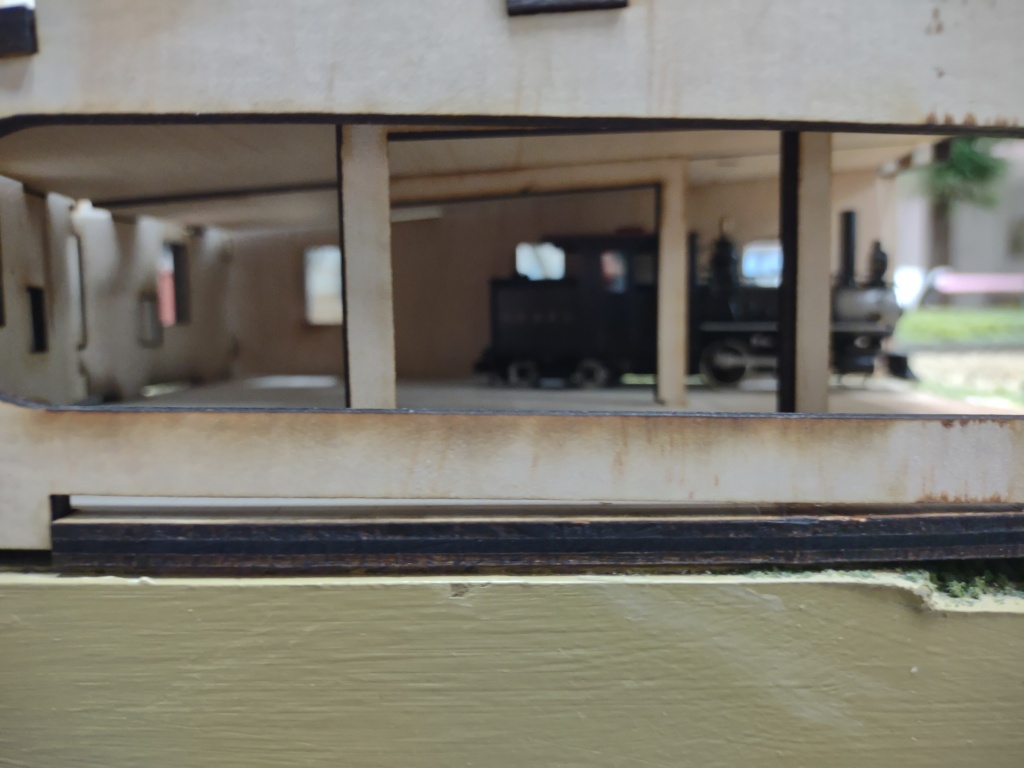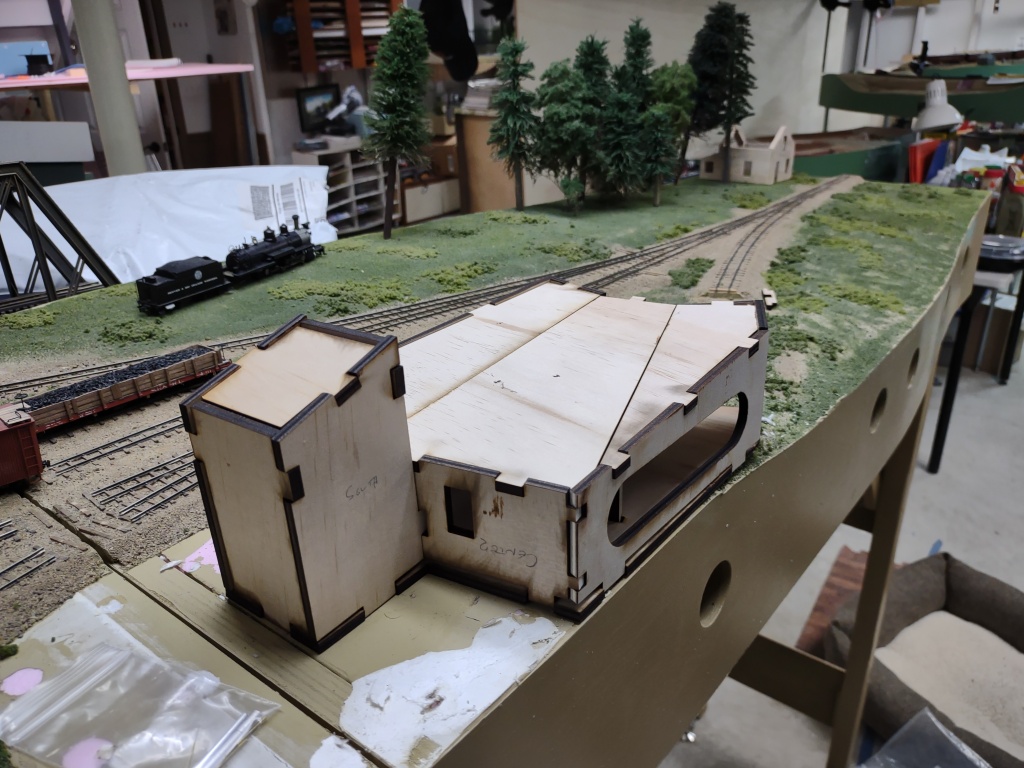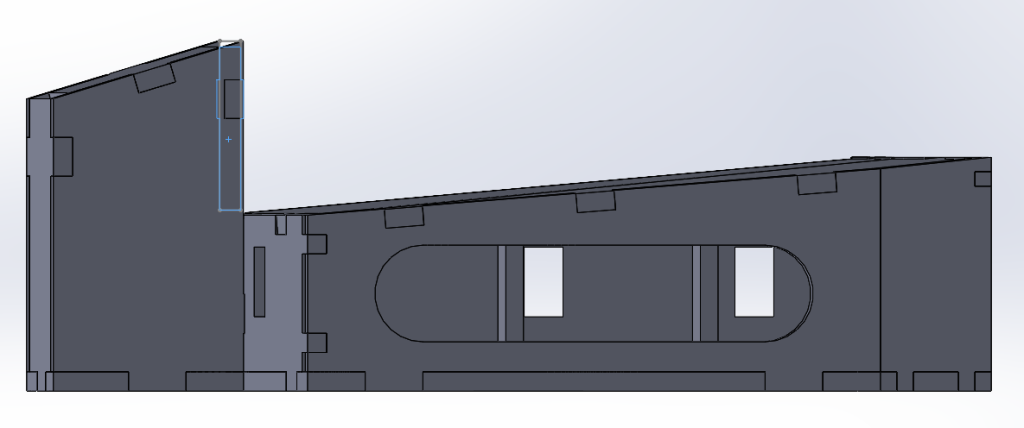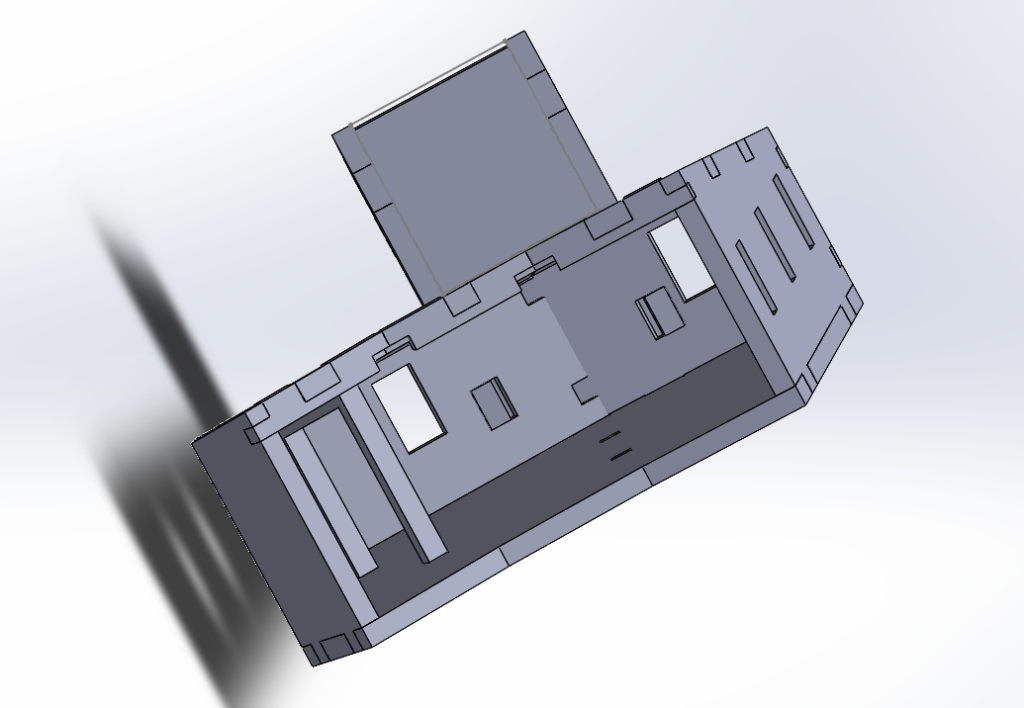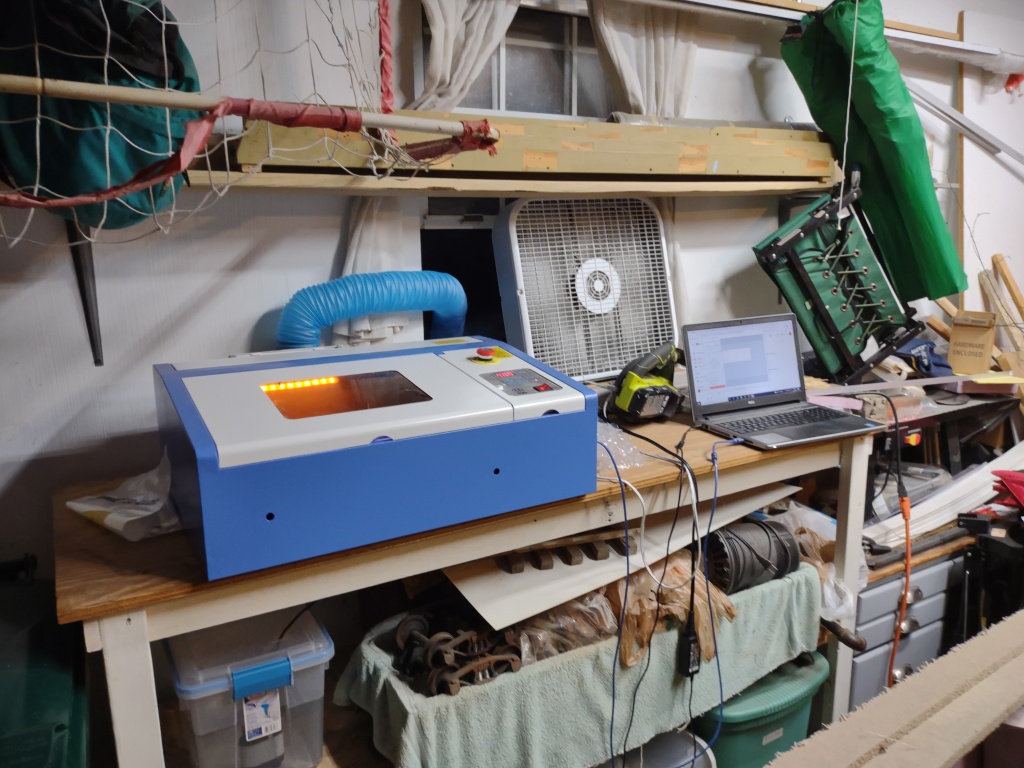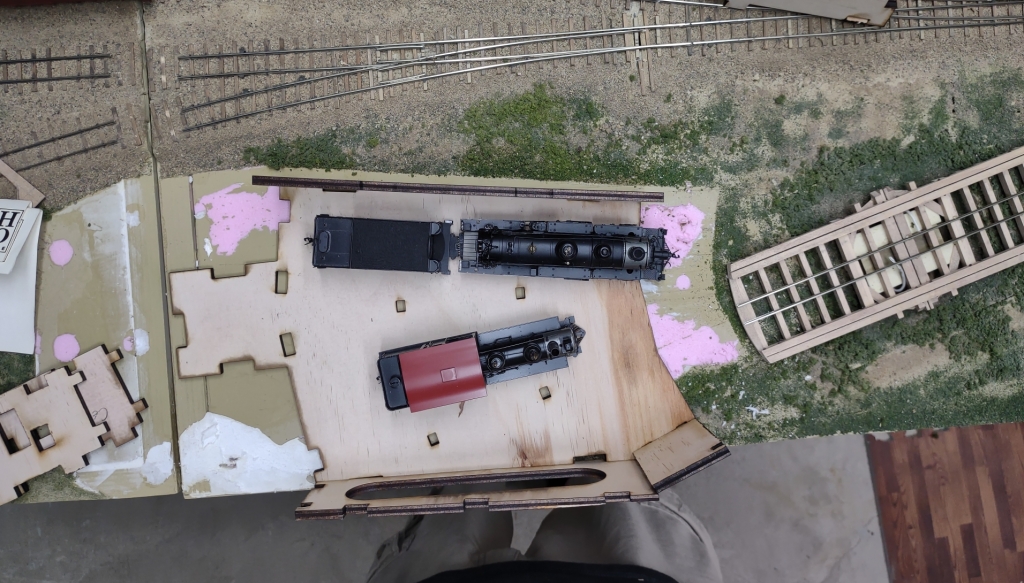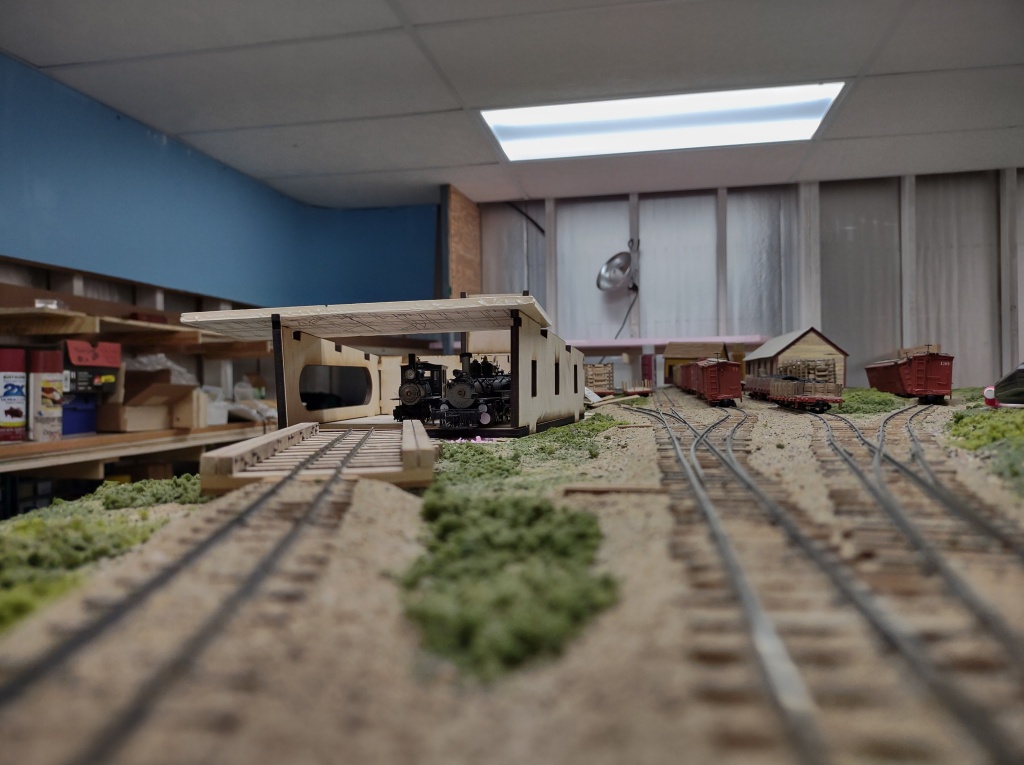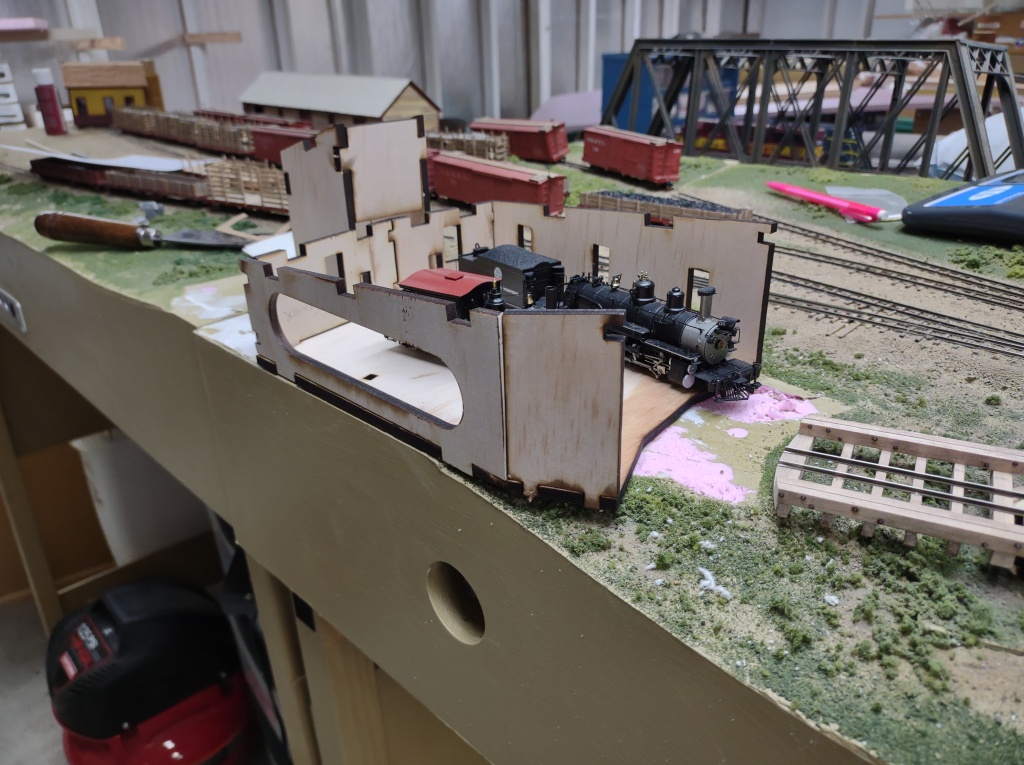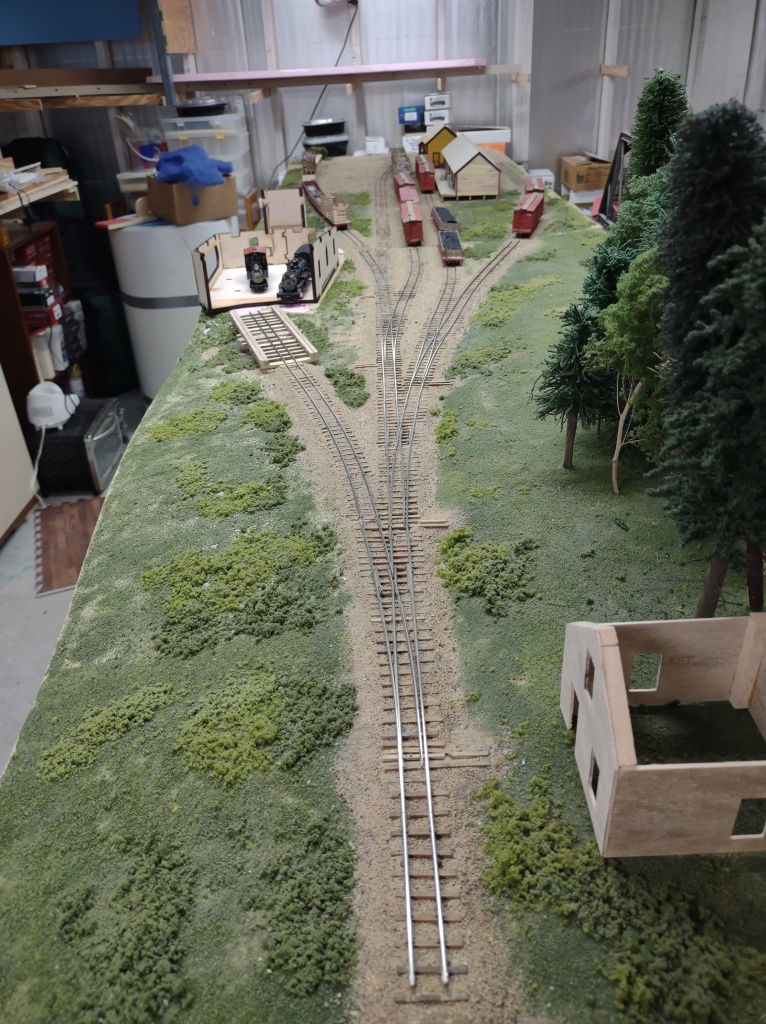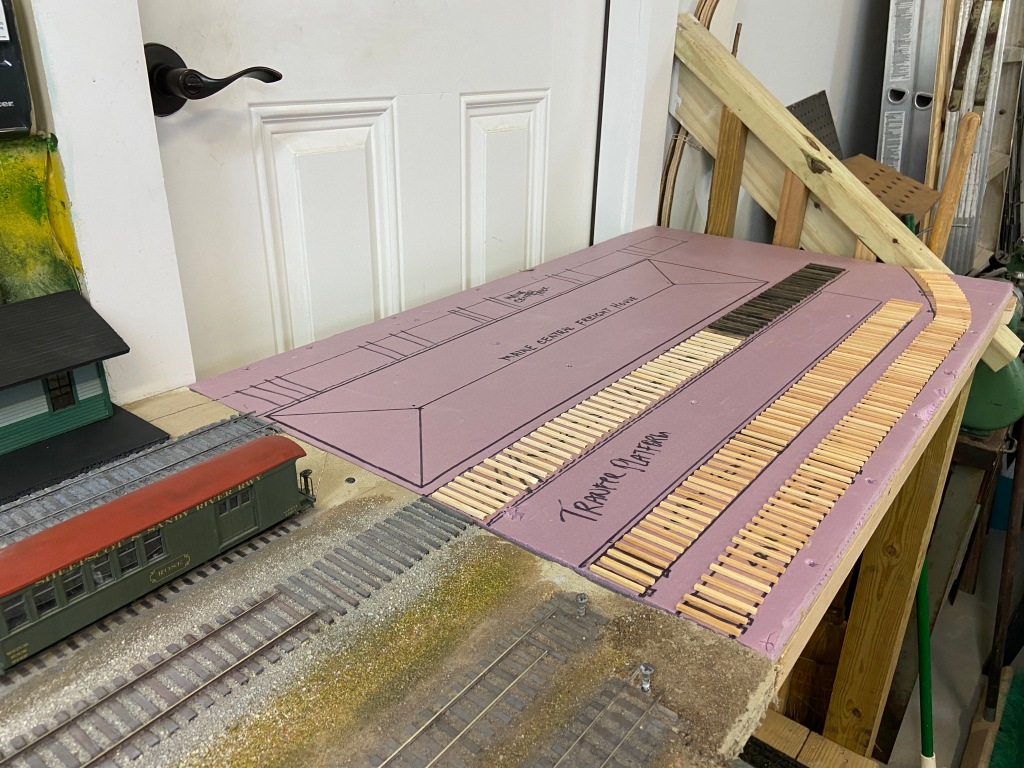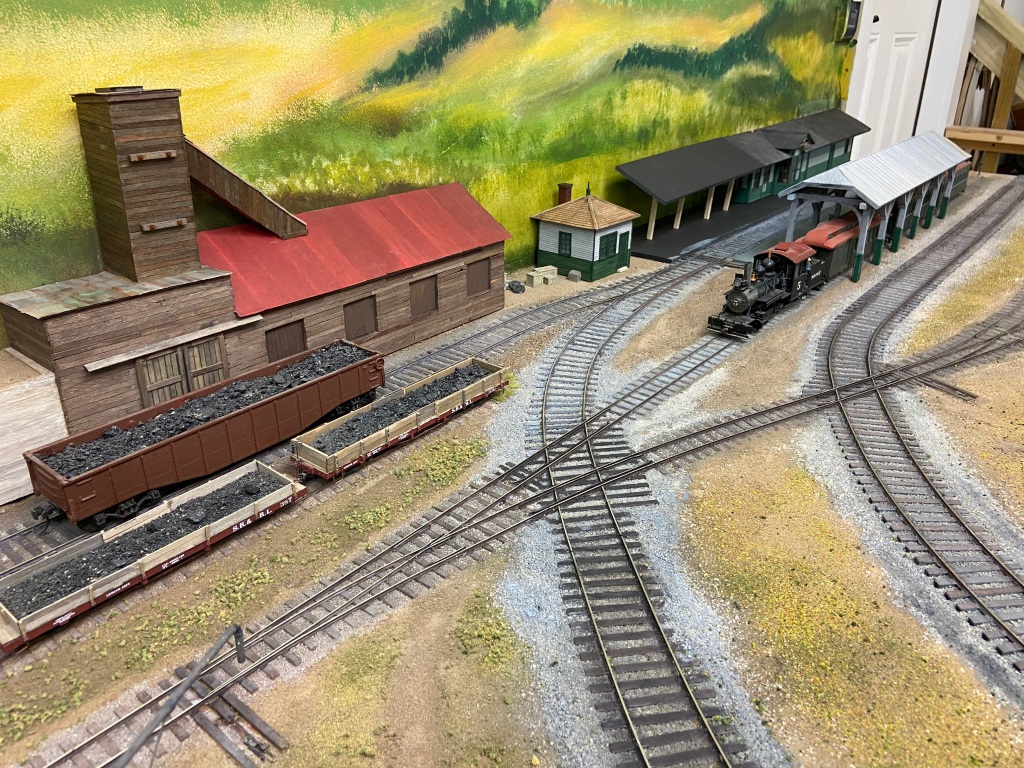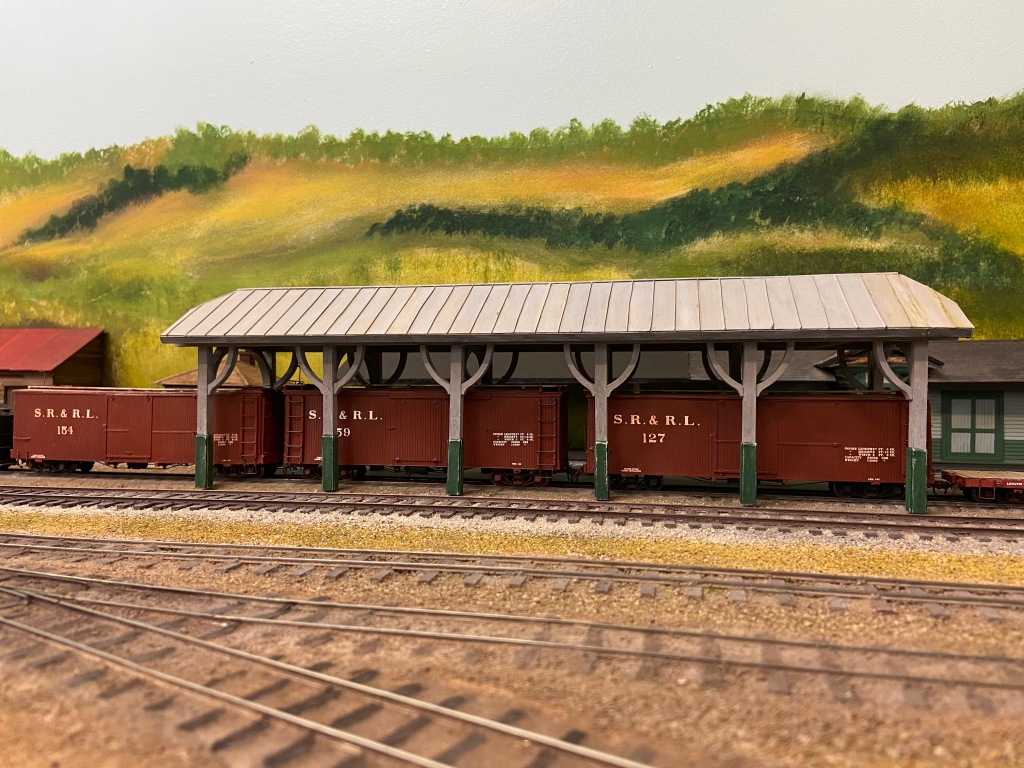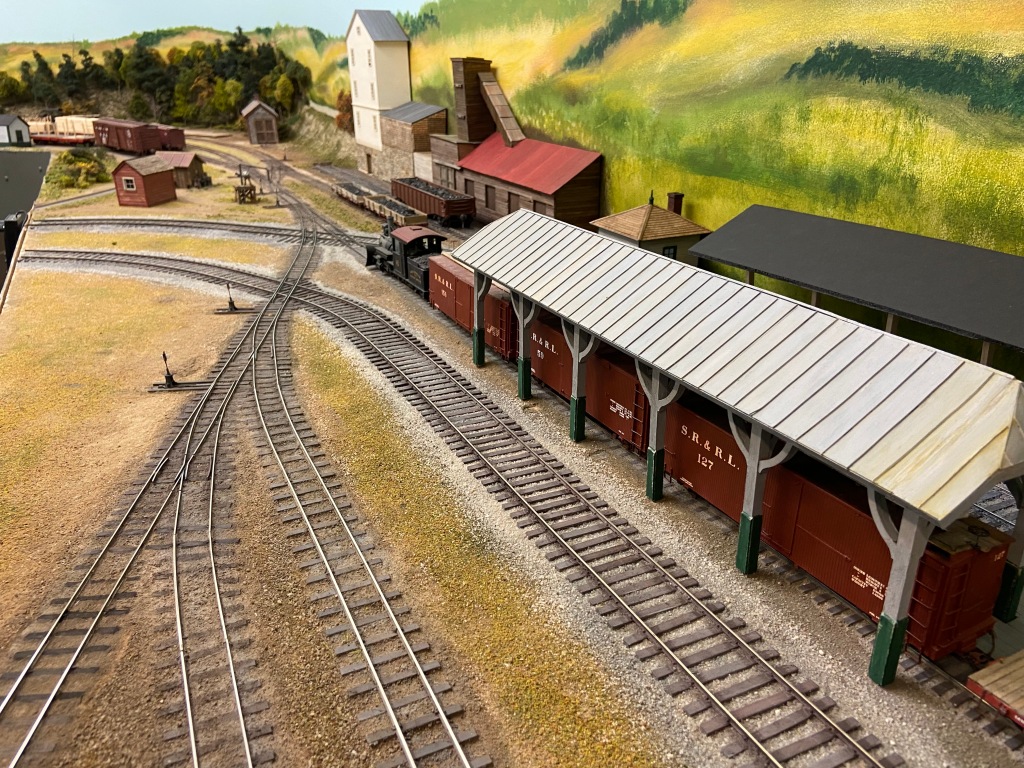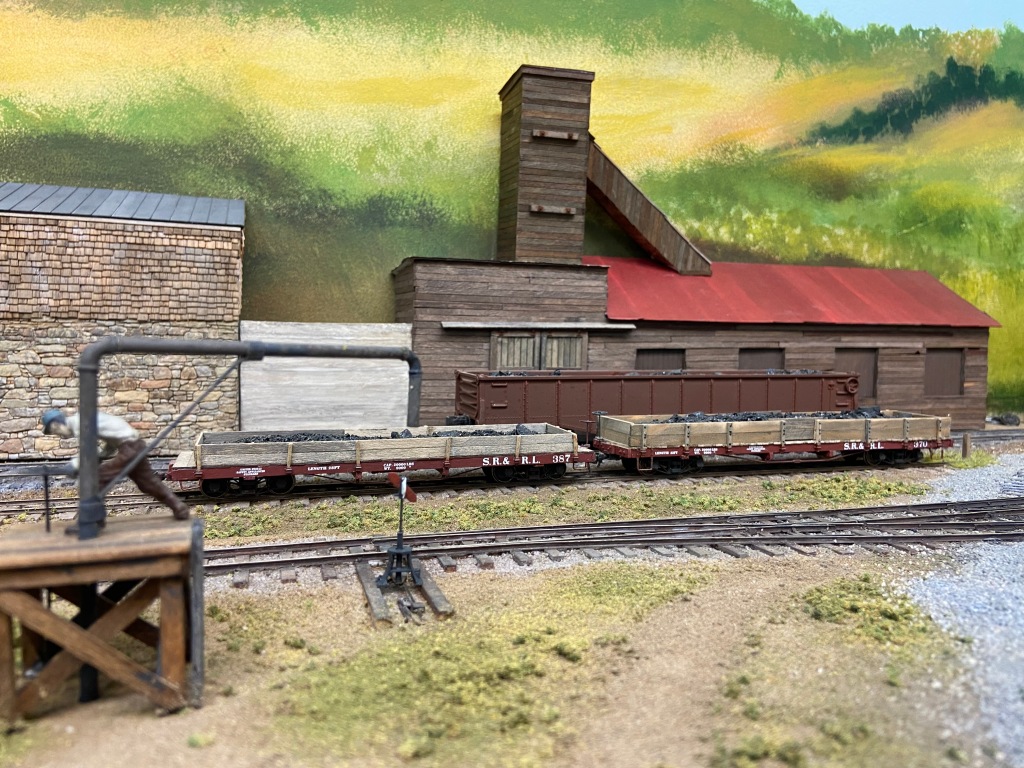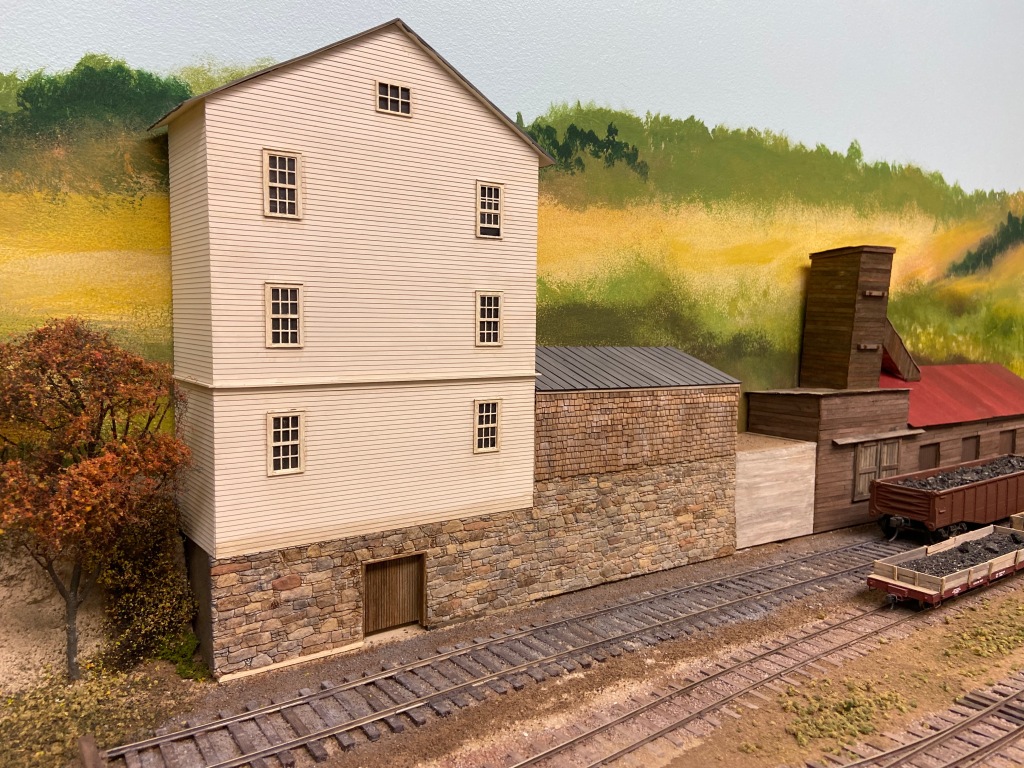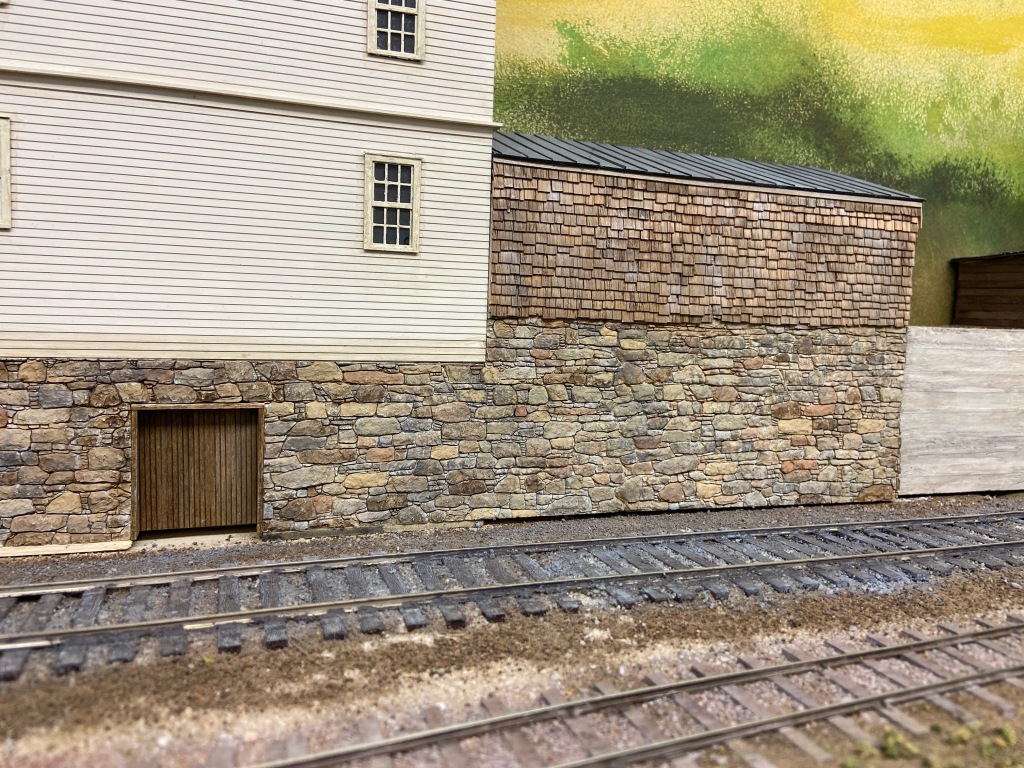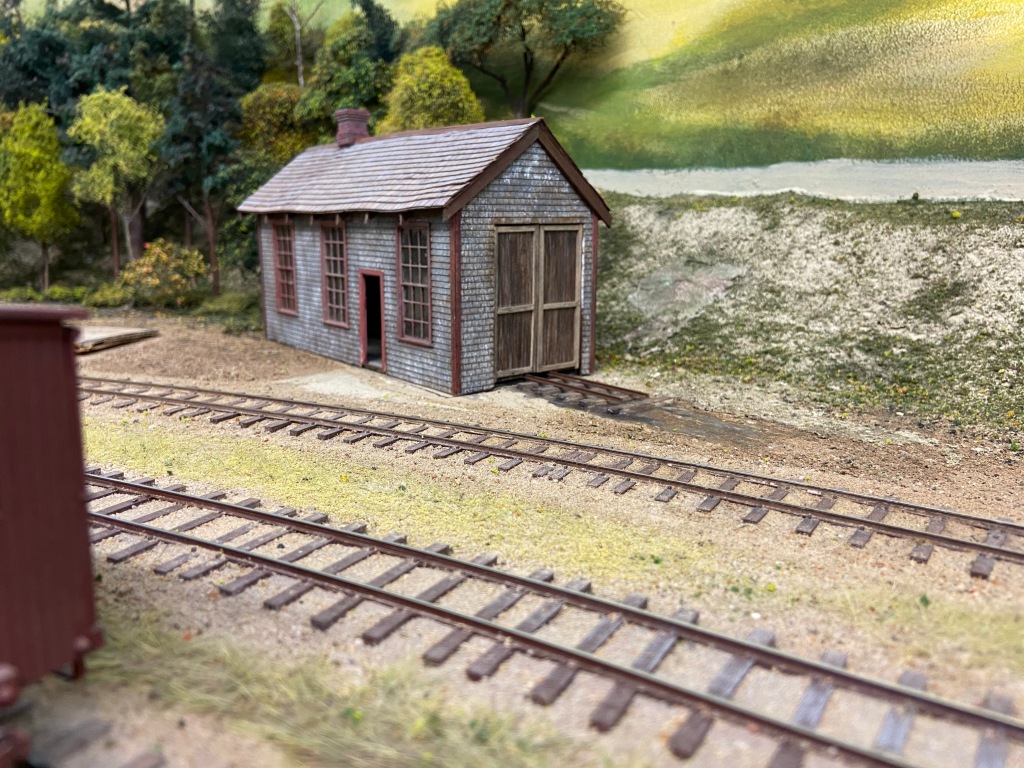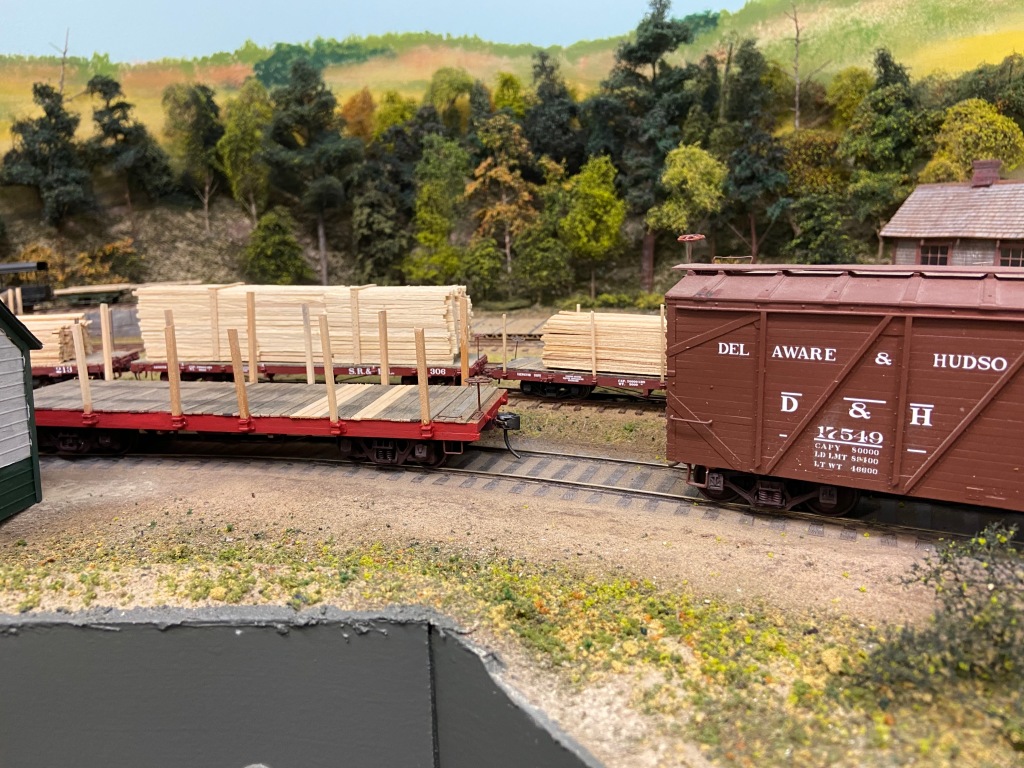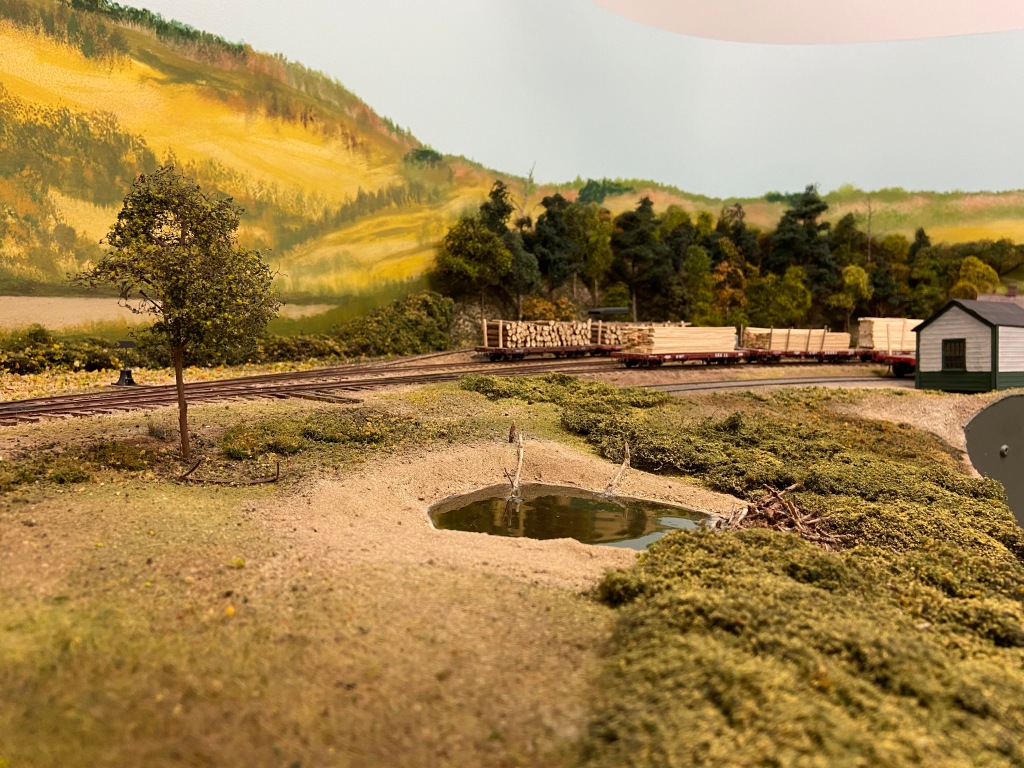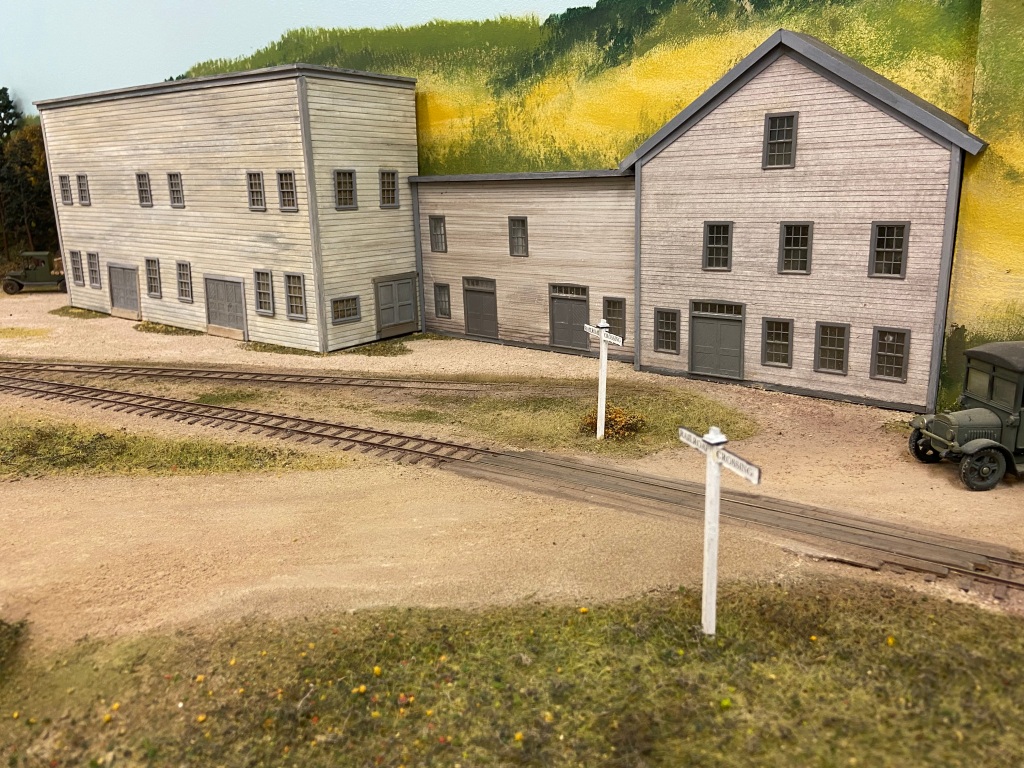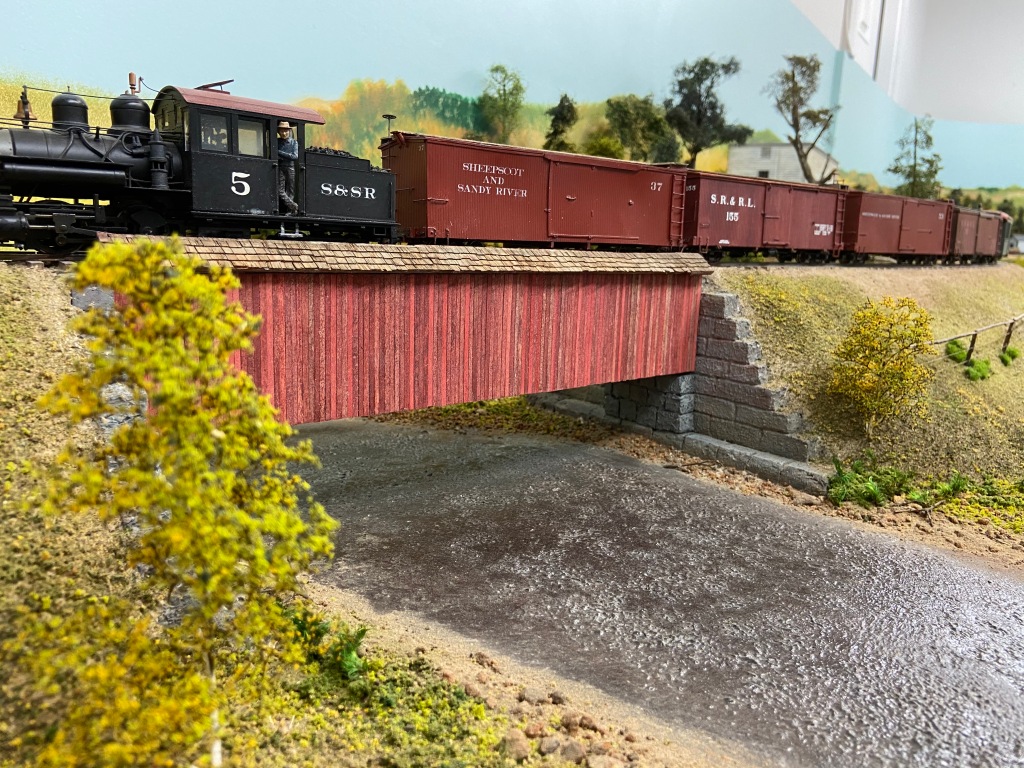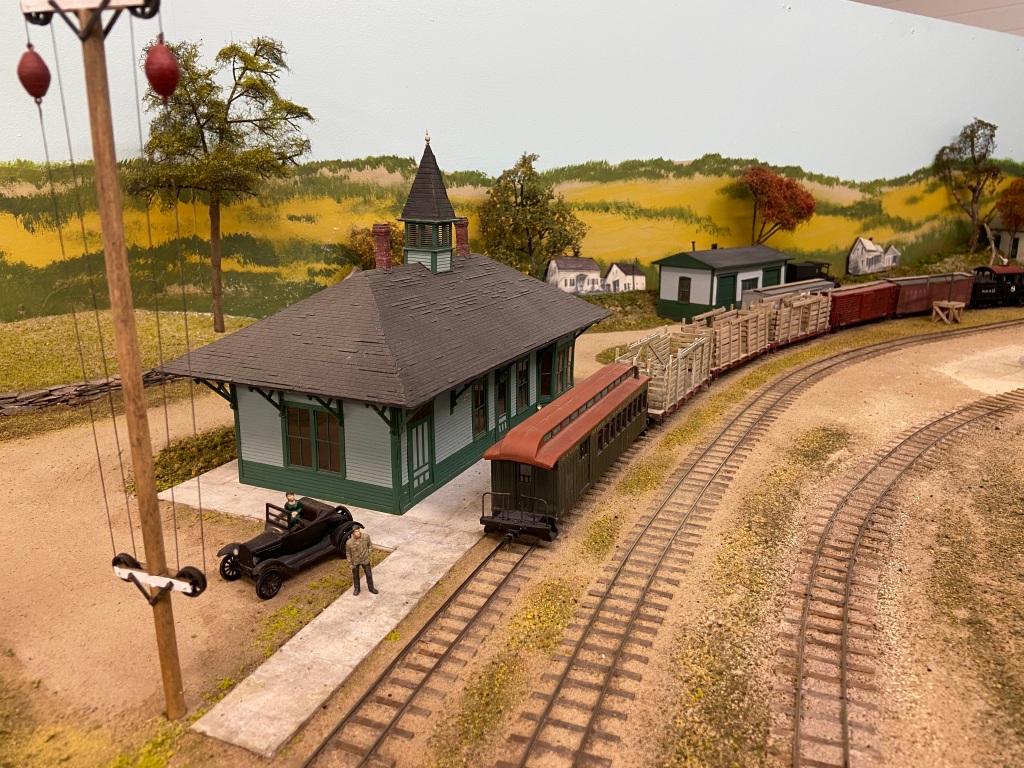2021 started out strong. I had started the mushroom at the end of 2020, then started the Backdrop, Reeds homasote spline roadbed, and finally formally completed the whole trackplan. But then momentum was lost (like the Skipper, Gilligan, Professor, and Marianne…). I got stuck on spline roadbed not having a foam base, how to power turnouts, and more. I played with trucks and decided Blackstone’s would be the way to go but found out they were not in production. But the greatest impact was the weather. When it became nice, I went outdoors. I worked on the Woodlark Central and started playing Golf again!
One of the problems of losing momentum on the layout is that the mind dreams about other things. The blinders come off and I see the advantages of S-scale standard gauge or HO diesels or what’s neat that week. It’s hard to put the blinders back on. The best way seems to be to go back to the layout and grind through a project!
So, where goes the Sn2 SR&RL in 2022? For now, I’m focused on my Bigelow module. It’s existed for over 10 years but lacks completed structures. So, I’m starting my grind in Bigelow. The benefit is that I can take that to Greenford, OH for the Midwest NG show March 17-19 and share it with other 2-Foot modelers!
I’ll call winter 2022 a success if I can get Bigelow complete
- Turntable
- Engine house
- Section House
- Freight House (I have one by Matt Sharpe, but want a more accurate model)
- Depot
- Coal shed and other loco facilities
- Scenery
I’m well on my way. I’ve started detailing the Turntable and I’m currently designing the core of the Engine House. We’ll see what 2022 brings!

